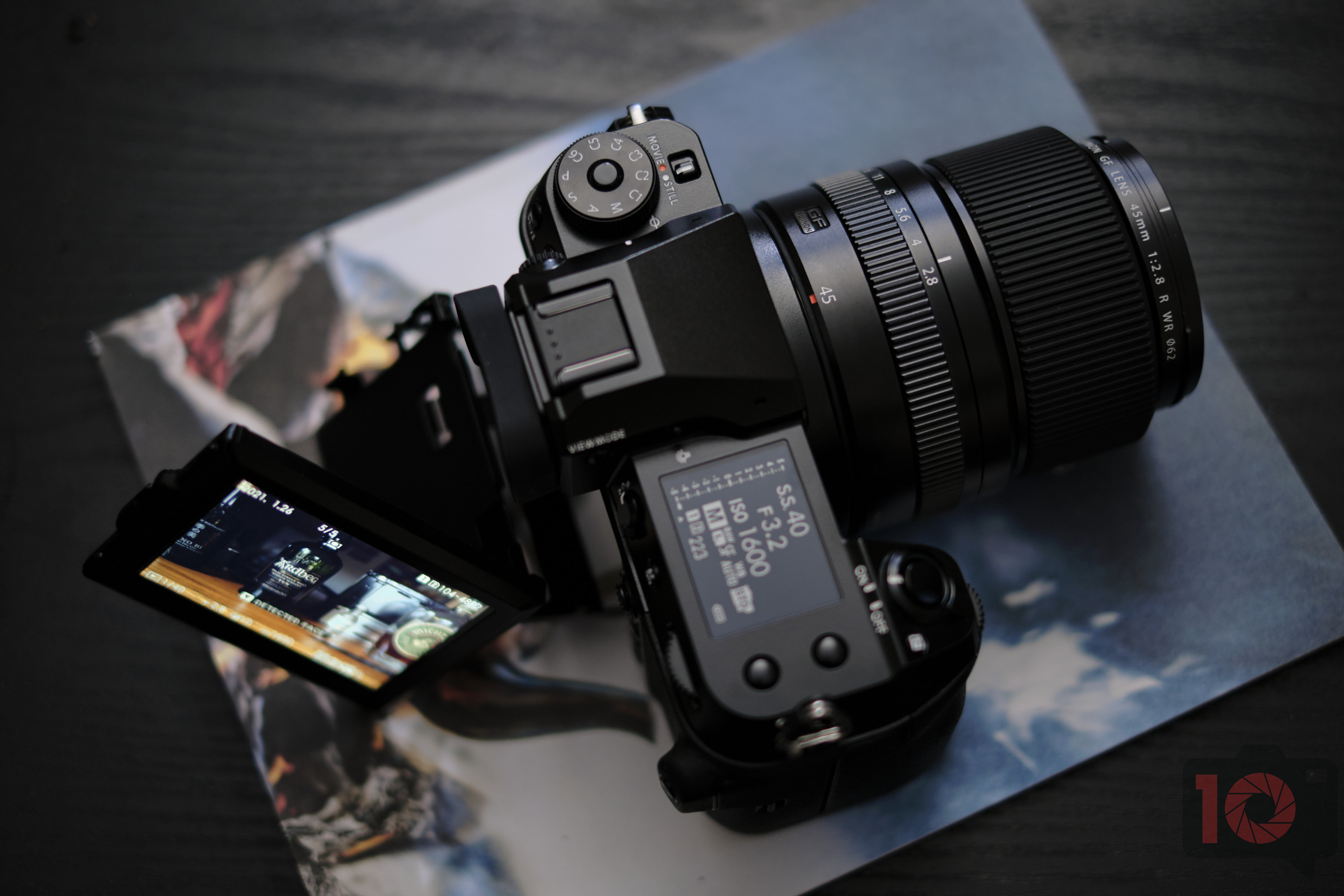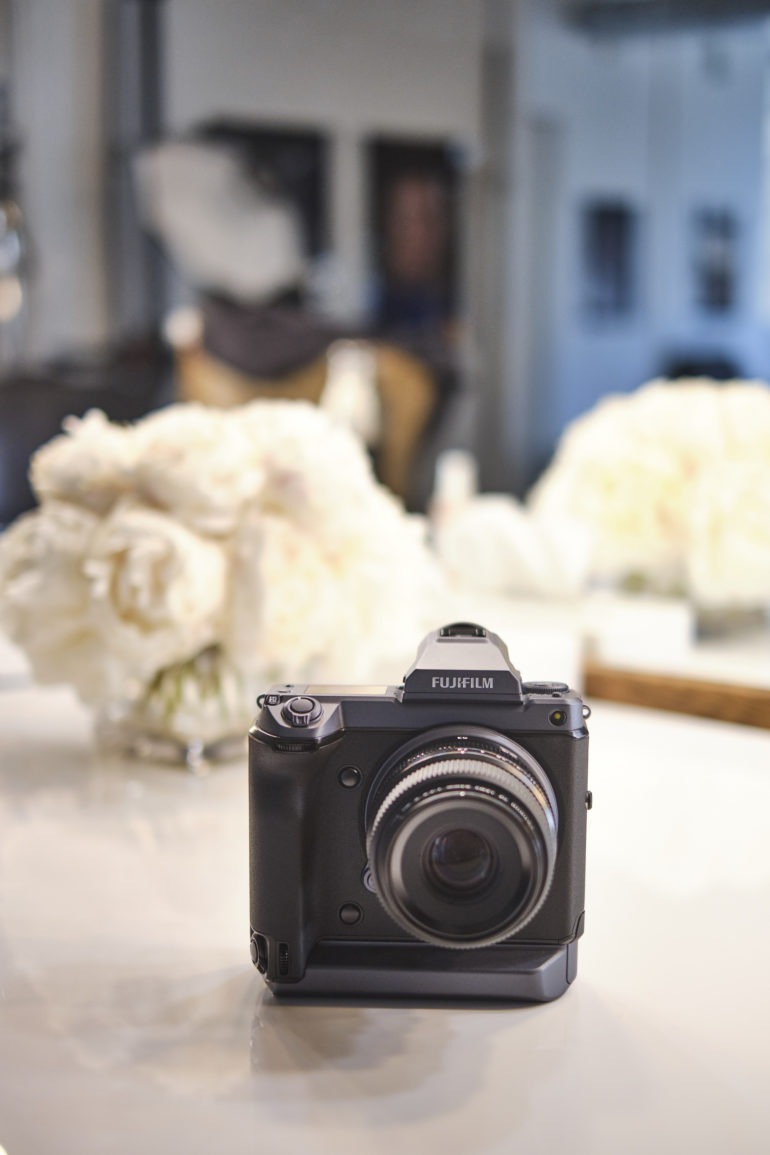It’s a known fact that the Fujifilm GFX system is designed to compete with full-frame cameras. But logically speaking, full-frame cameras are much more capable. Image quality aside, they’ve got faster autofocus, more useful technology, more lenses, and quite the head start. On the other hand, the Fujifilm GFX series have image quality that’s very difficult to duplicate. With their cameras becoming smaller, there are still things that GFX can do to compete more with full-frame. And here’s what Fujifilm needs to focus on.
We hate banner ads too. Download our app for iOS, iPad, and Android and get no banner ads for $24.99/year.
Realize Something: The Fujifilm GFX System Isn’t Medium Format
By all means, the Fujifilm GFX system isn’t medium format. In digital, we bill it as such because it’s larger than 35mm full-frame. But it’s only slightly bigger than it. But in a lot of ways, we treat it like medium format. With true, 645 format cameras and larger, it was hard to get something like an f1.8 lens. However, it was doable. I think that it’s possible for Fujifilm to make the lenses that everyone wants.
For starters, years ago, Sigma used to make their lenses purposely larger to possibly cover a medium format sensor. This made the full-frame image quality better. Fujifilm doesn’t have to do this, but they can make lenses the size of full-frame and embrace whatever look they get.
AI Implementation
It seems like Fujifilm is super late to the game here for across-the-board AI implementation. But why? Fujifilm has face and eye detection for humans. But what about for animals, vehicles, etc? Why can’t a medium format camera like those in the Fujifilm GFX system have this feature? Medium format can absolutely be something more than just for slower, static, subjects. It just needs to seriously get there.
Beyond this, a lot more can be done with the Fujifilm GFX system. What about intelligently getting rid of things in the background or basic augmented reality?
Significantly Improved Autofocus
When we’re talking about significantly improving the autofocus of the Fujifilm GFX system, we’re not just talking about how it understands scenes. We’re also talking about speed and consistency. Tracking autofocus should just work right across the board.
A workaround could be something like OM System’s Pro Capture mode, which will record scenes even before you press the shutter down.
More Lenses
Adding more lenses to the Fujifilm GFX system is already being sorted out. More and more lenses are coming. And at the moment, the Fujifilm GFX system is more or less the most complete medium format camera system ever. However, it’s also in a very weird place. By traditional standards, the Fujifilm GFX system isn’t even medium format. It’s smaller than the 645 format by quite a bit.
Third-Party Support
How the Fujifilm GFX system could get more support is a tough one. For years, there hasn’t really been a lot of third-party support for medium format cameras. However, Mitakon already does it. So too does Venus Optics Laowa. Fujifilm should embrace these brands trying to support them and find a way to work with them more.
Perhaps they could find a way to work with more brands like Tamron as well. This could be the biggest boost for the Fujifilm GFX system. Fujifilm has closed its borders with other brands for a long time. Maybe it’s time that they open them up and figure out what can work for them.




